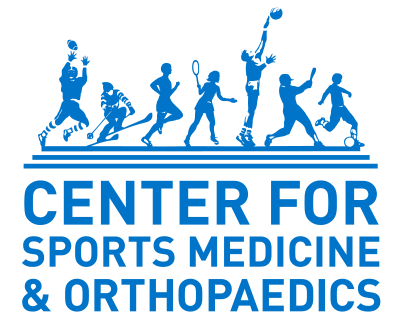There’s a stereotype with runners: We log miles each week even if it kills us. Relentless forward progress to the finish line is what we are after. But have you ever had that moment when you lace up your Nikes and you “Just Can’t Do It?” Fatigued, tired, sore and achy, you’re walking a line between overuse and injury. You are running at less-than-optimal form in order to check a training box. I’m here to convince you: strength training will not only improve your form and time but also reduce injury risk and allow more consistent training.
Why are runners reluctant to strength train?
When I suggest strength training to a runner, I usually hear: “But won’t I gain weight?” Gaining weight, though rare, only decreases body fat percentage and improves power making you lighter and faster. Another response is: “I don’t have the time between work and training.” The reality is that benefits can be seen with as little as 10-30 minutes, 2 days a week. Think of it as an insurance policy against injury and a training investment.
How can strength training affect performance?
Running produces forces up to 2.5x body weight EACH STRIDE! Strength training improves force production and the rate at which you produce force. This reduces stress per stride and improves leg drive allowing you to run faster. Gains in maximal force, power, and explosiveness are seen with strength training, while lactate threshold, motor unit recruitment and running economy also improve. Simply put, you can sustain a faster pace for a longer amount of time.
How are strength training and injury risk related?
Studies show strength training added to a training regimen reduces overuse injuries by half. Heavier lifting triggers protein synthesis and bone growth preventing chronic pain and minimizes joint discomfort. Remember: A stronger body is a more durable body. So, your Garmin never has to sit on the nightstand for weeks at a time due to injury.
What are key muscle groups for a strength program?
Max strength training is not the goal. Focusing on functional movements instead of isolated muscle groups gives the most bang for your buck. Multi-joint, ground based movements for the glutes and core are great. Include single leg activities for stability and coordination.
How heavy?
As heavy as you can while maintaining good form and consistent tempo of movement for 5-8 reps of double leg and 8-12 reps for single leg exercises. Lift speed should not decrease more than 50% within the set. Most programs only include 4-7 specific exercises.
How often is recommended?
It doesn’t have to be grueling or time consuming. A program of 10-30 min, 1-2 days a week will allow you to achieve run specific gains.
Can I strength train while I prep for a race?
Yes. I recommend adding strength training at the end of the same day as you run. It’s beneficial to incorporate strength training all season. For peak races, cut the volume in half 2-6 weeks out, then stop completely 96 hours before race.
C4 Sports Therapy offers a total body, functional approach to rehabilitation, preparing individuals to return to sports and an active lifestyle of play any work. Click here to learn more about our team of specially trained healthcare professionals use their expertise to help athletes and active individuals achieve their fullest potential.

Erica Butler, MPT
Physical Therapist Erica Butler works with competitive and recreational athletes at C4 Sports Therapy. As a former athlete at UGA for fastpitch softball, Erica understands the demands and motivations of athletes – from the weekend warrior to the elite competitor. Having trained for triathlons and marathons, she understands the commitment to the training regimen of the endurance athlete.
Call today to schedule an appointment with Erica or any of C4’s physical therapists, performance coaches or recovery specialists at our Chattanooga or Cleveland offices.

